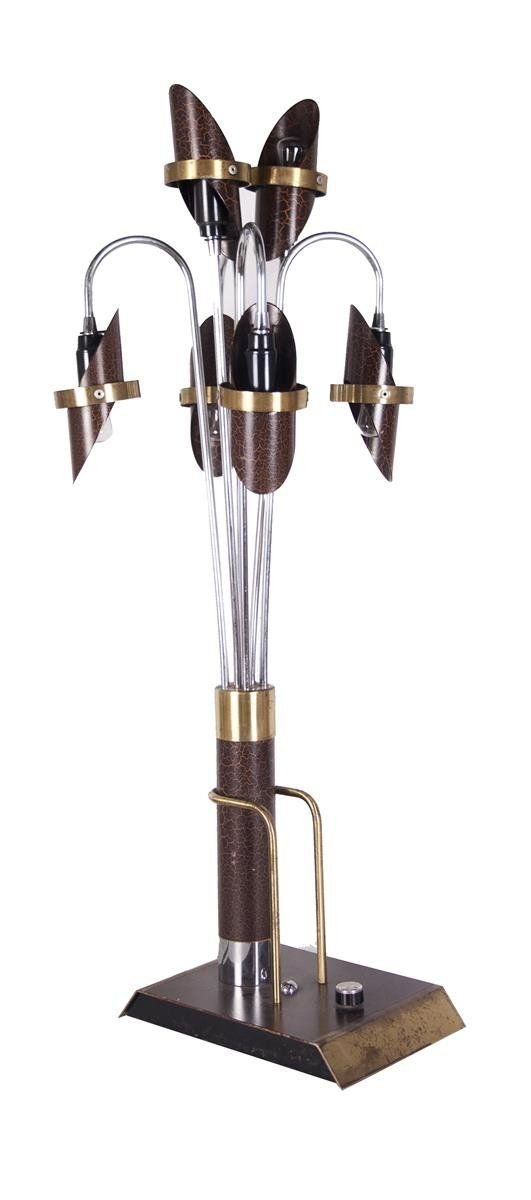Style Spotlight | Midcentury Modern
Midcentury modern is an iconic and accessible style with aesthetic elegance and functionality at its heart. With its clean lines, organic shapes and minimalism, midcentury modern furniture has a timeless appeal that continues to inspire contemporary designers.
The genre emerged after World War Two, when Western civilisation was in recovery and on the brink of a new modern era. The baby boom was in full swing, creating huge demand for new homes, new appliances and furniture that represented a firm departure from the traditional and ornate styles of the past.
Midcentury furniture is defined by its sleek and highly considered design, from production to consumer use. Ergonomic forms and geometric shapes set the tone for midcentury furniture and homewares but MCM is much more than just a look - pieces often have multi purpose functions such as extendable dining tables for entertaining and nesting tables that store away when not in use.
During the 1950s, new materials became available to designers and there was a rise in furniture created with moulded plywood, fibreglass, polyurethane foam and plastic laminates. America leant towards designing products that could be easily mass produced, whereas Scandinavia tended to stick to natural materials such as rosewood and leather, which earned them a reputation for quality and craftsmanship.
Throughout the midcentury period designers and architects emerged that are now regarded as design icons. Some of the most famous names include Poul Cadovius, Charles Eames, Robert Heritage, Arne Jacobsen, Kai Kristiansen, Gordon Russell, and Arne Vodder.
Designer pieces and unattributed midcentury modern furniture both remain highly collectable due to their iconic style and practicality.
Image: A midcentury Danish 'Bar In A Box' designed by Erik Buch for Dyrlund c.1960








































